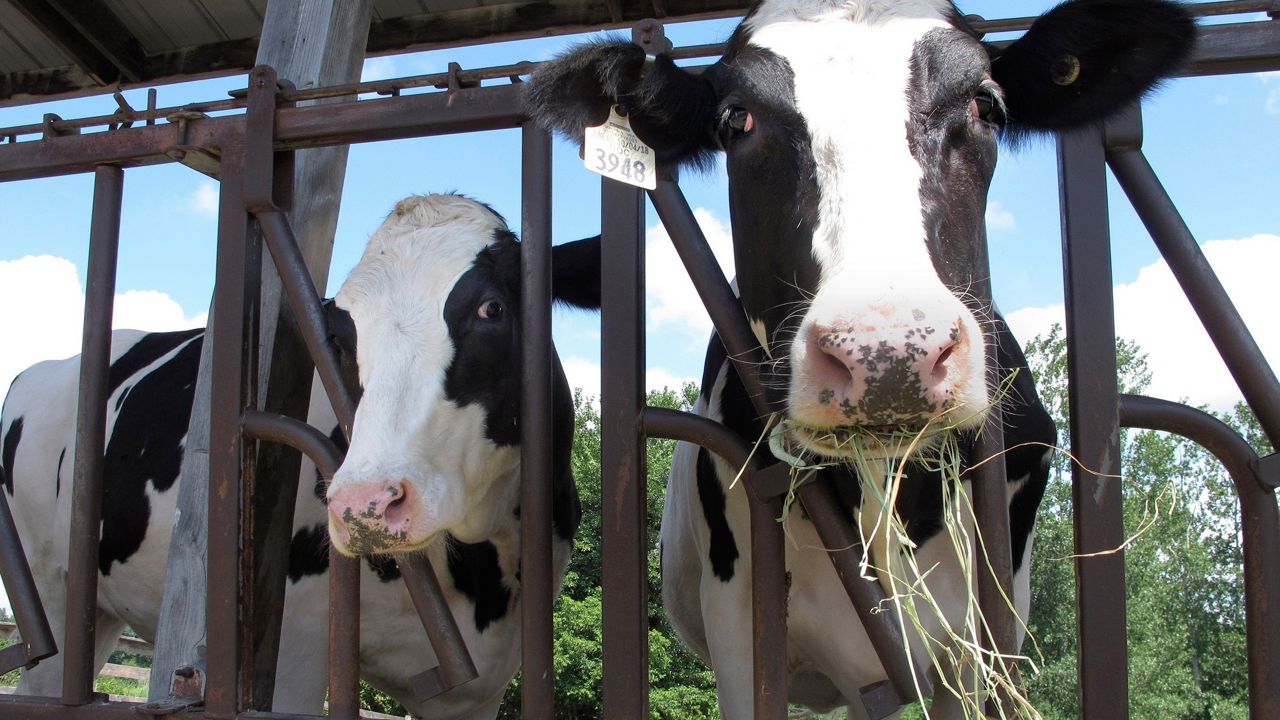A coalition of agriculture organizations on Monday launched a new effort to address overtime for laborers in New York as a state wage board is assessing the overtime threshold for the industry.
The coalition, known as Grow NY Farms, is pushing to keep the 60-hour overtime threshold in place, worried that lowering it could jeopardize agriculture businesses in the state and lead to job losses for farmworkers. The business groups involved in the effort include New York Farm Bureau, New York State Vegetable Growers Association, Northeast Dairy Producers Association, Inc., New York Apple Association, and Northeast Agribusiness and Feed Alliance.
The agriculture industry is eyeing the overtime threshold after a 2019 measure in New York reduced the overtime floor from 80 hours to 60. Reducing the threshold further to 40 hours could have wide-ranging effects for farms, the group warned.
“The truth of the matter is farms will change their operations to be less labor-intensive, which means fewer locally produced products, fruits, and vegetables for New Yorkers, worse yet, some farms will cease to exist," said Eric Ooms, a dairy farmer and a New York Farm Bureau vice president. "Across the country, our workforce availability is dwindling, and New York farms are already struggling to compete. Any more restrictions and farms that have been in families for generations could disappear."
Agriculture is a nearly $6 billion sector of the state's economy, and New York is one of the top producing dairy states in the country. Farms have faced pressure over consolidation and wholesale prices are notoriously difficult to predict.
Still, state lawmakers in recent years have sought to address labor practices on farms and boost pay for workers.
"While proponents of a 40-hour workweek claim to fight for the workers, farmworkers will be the ones to lose out as their hours will surely be cut or jobs could be eliminated. Please visit a farm to learn more," Ooms said. "Keeping the overtime threshold at 60 hours is the only option for New York’s diverse agricultural community and its employees.”


